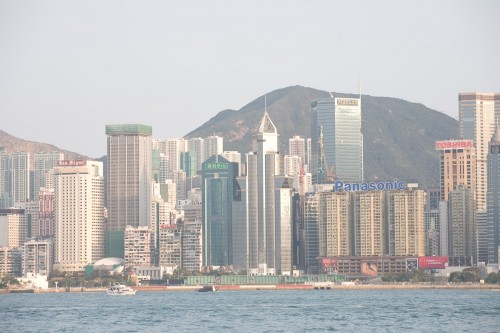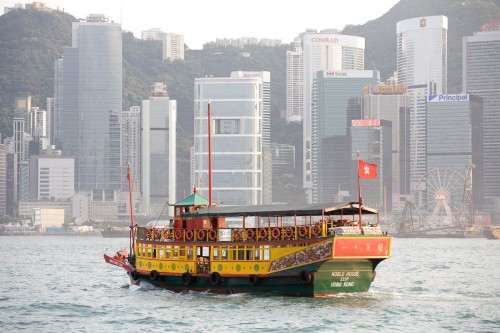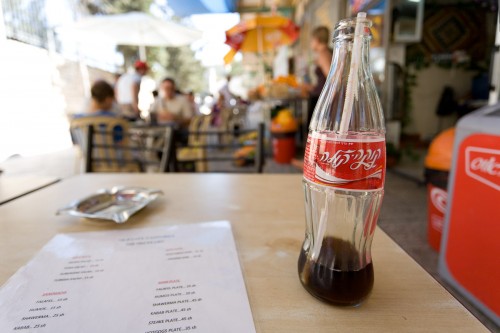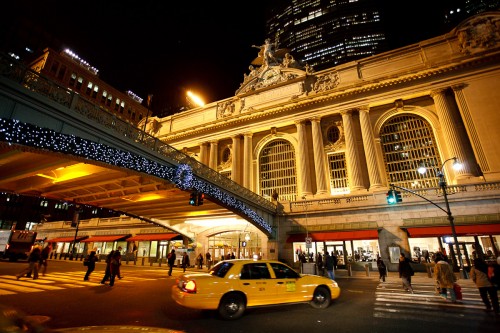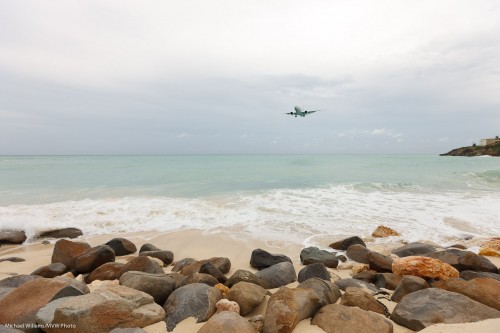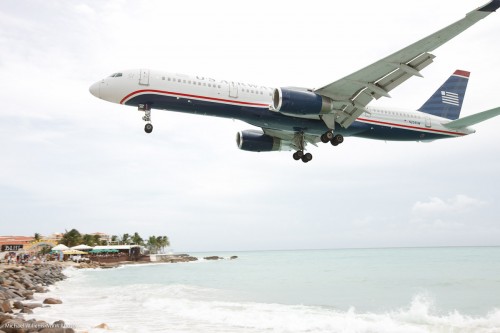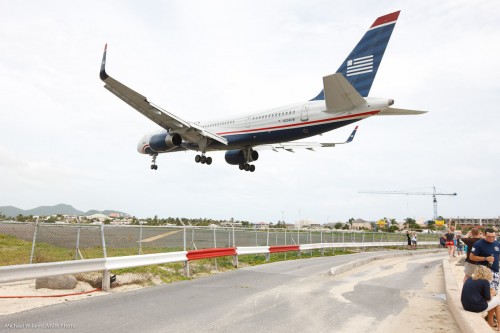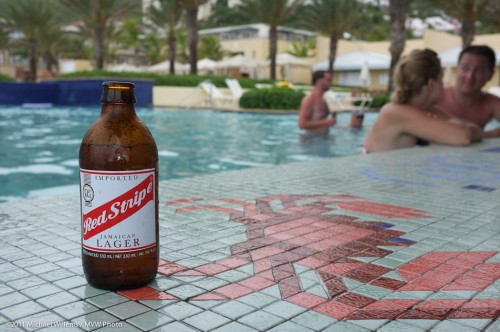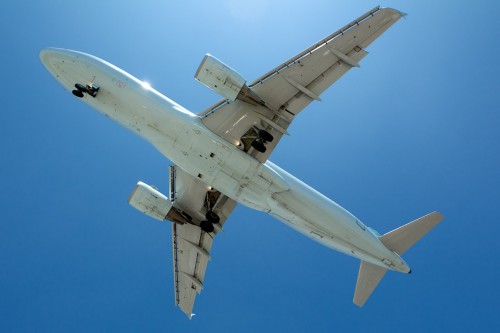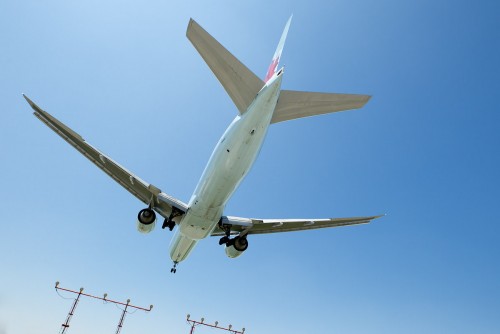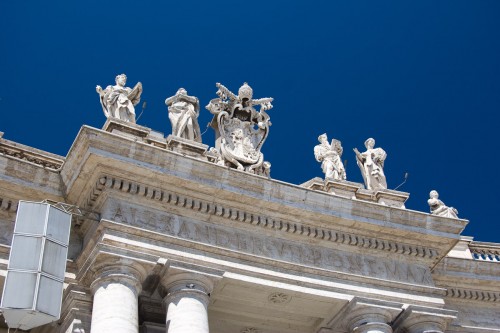Travel tip repeat: you have heard me mention bags before, but now let me get specific: when traveling in a warm climate, carry Ziploc bags. Because they close with a pretty much airtight seal. And then put the camera and lenses into those bags when you carry them out. And then wait until the equipment has warmed up – maybe 10-20 minutes.
If you don’t, then the moment you walk from the airconditioned inside to the moist, warm outside, this happens:
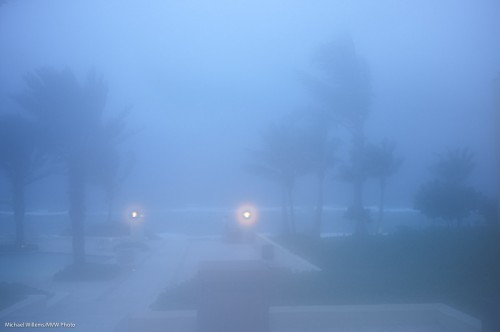
I.e.due to fundamental physics, the camera mists up. Viewfinder, lenses: possibly even inside. And that is bad – misting up means moisture – water. Water can lead to fungal growth in tropical climates, and in any case, it is never good.
For the camera, that is.
But it can work in pictures – low contrast pictures can carry a mood very well, like in the following image of tropical storm Irene, which turned into a hurricane later:
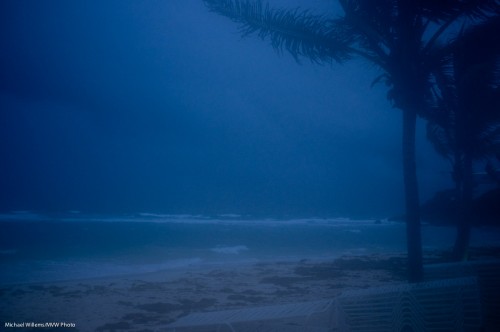
That slight residual fogging helps, here. But I would of course not recommend that, for your camera’s sake.
One more thing – carry a microfibre cloth, as well, and wipe off any excess moisture as soon as possible. Keeping your camera healthy is a good idea.

